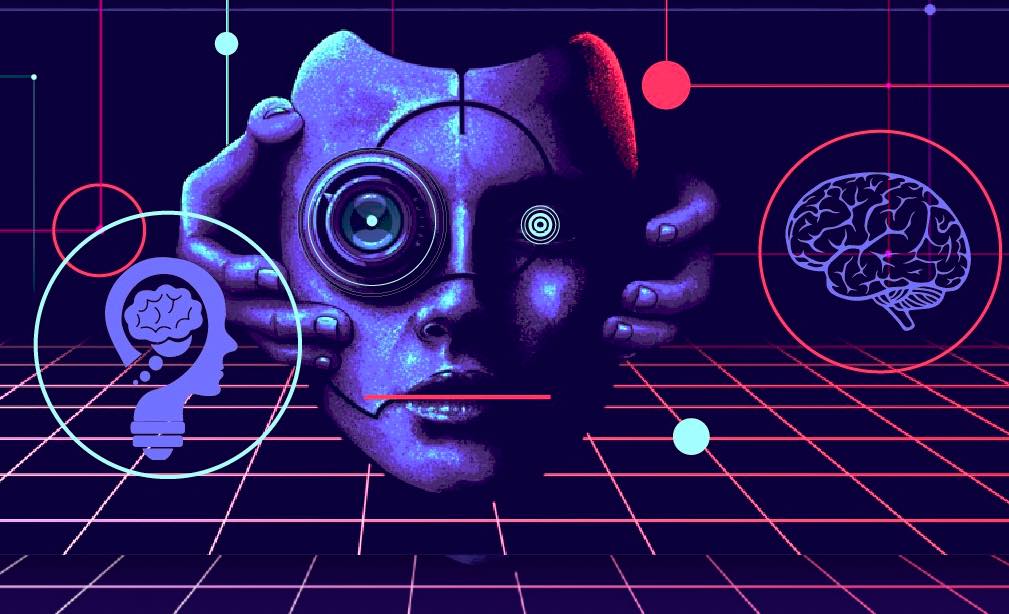

Computer vision is a fascinating field with numerous applications across various industries, from healthcare to retail and beyond. However, getting started with computer vision can seem daunting for beginners. In this comprehensive guide, we'll walk you through the steps to begin your journey into the world of computer vision for beginners.
Step 1: Understanding the Basics
Before diving into hands-on projects, it's essential to understand some fundamental concepts and the tools you'll be using.
Key Concepts:
- Image Processing: The technique of performing operations on images to enhance them or extract useful information.
- Object Recognition: Identifying objects within an image and classifying them into predefined categories.
- Machine Learning: Using algorithms to analyze data, learn from it, and make informed decisions.
Importance of Python:
Python is the most popular programming language for computer vision due to its simplicity and the availability of powerful libraries.
Popular Libraries:
- OpenCV: An open-source library for computer vision and machine learning.
- TensorFlow: A powerful library for machine learning and deep learning, developed by Google.
- Keras: An easy-to-use neural network library that runs on top of TensorFlow.
Step 2: Setting Up Your Environment
Setting up your development environment is the next crucial step for beginners in computer vision.
Installing Python and Libraries:
- Download Python: Go to the Python website and download the latest version.
- Install Libraries: Use
pip(Python's package installer) to install necessary libraries.
pip install opencv-python-headlesspip install tensorflowpip install keras
Setting Up Your Development Environment:
- IDE Recommendations: Use an Integrated Development Environment (IDE) like PyCharm, VS Code, or Jupyter Notebook.
- Organizing Project Files: Create a dedicated directory for your projects and organize files logically (e.g., separate directories for datasets, scripts, and models).
Step 3: Exploring Sample Projects
Starting with simple projects helps solidify your understanding of basic concepts in computer vision for beginners.
Sample Projects:
- Image Classification:
- Goal: Classify images into different categories (e.g., cats vs. dogs).
- Tutorial: Follow a tutorial to train a simple convolutional neural network (CNN) for classification.
- Object Detection:
- Goal: Detect and localize objects within an image.
- Tutorial: Use pre-trained models like YOLO (You Only Look Once) or SSD (Single Shot MultiBox Detector).
- Face Recognition:
- Goal: Recognize and verify faces in images or videos.
- Tutorial: Implement face detection using OpenCV's Haar cascades and face recognition using deep learning models.
Step 4: Learning from Online Resources
Continuous learning is vital in the ever-evolving field of computer vision for beginners.
Recommended Online Courses:
- Coursera: "Deep Learning Specialization" by Andrew Ng.
- Udacity: "Computer Vision Nanodegree."
- edX: "Introduction to Computer Vision with OpenCV and Python."
Valuable Resources:
- Tutorials: Websites like Medium, Towards Data Science, and official library documentation.
- Forums: Stack Overflow, Reddit's r/computervision, and GitHub communities.
Step 5: Building Your Own Projects
Applying your knowledge to real-world projects is the best way to learn and grow in computer vision for beginners.
Tips for Building Projects:
- Brainstorm Ideas: Identify problems in your surroundings that can be solved with computer vision.
- Start Small: Begin with manageable projects and gradually increase complexity.
- Overcome Challenges: Seek help from online communities, participate in hackathons, and collaborate with peers.
Conclusion
By following this step-by-step guide, beginners can gain a solid foundation in computer vision and embark on a rewarding journey of exploration and innovation. This guide serves as a valuable resource for individuals looking to dive into the exciting world of computer vision for beginners, offering clear instructions, practical advice, and inspiration for their learning journey.
Embark on your computer vision journey today and unlock the potential of machines to interpret and understand the visual world!
